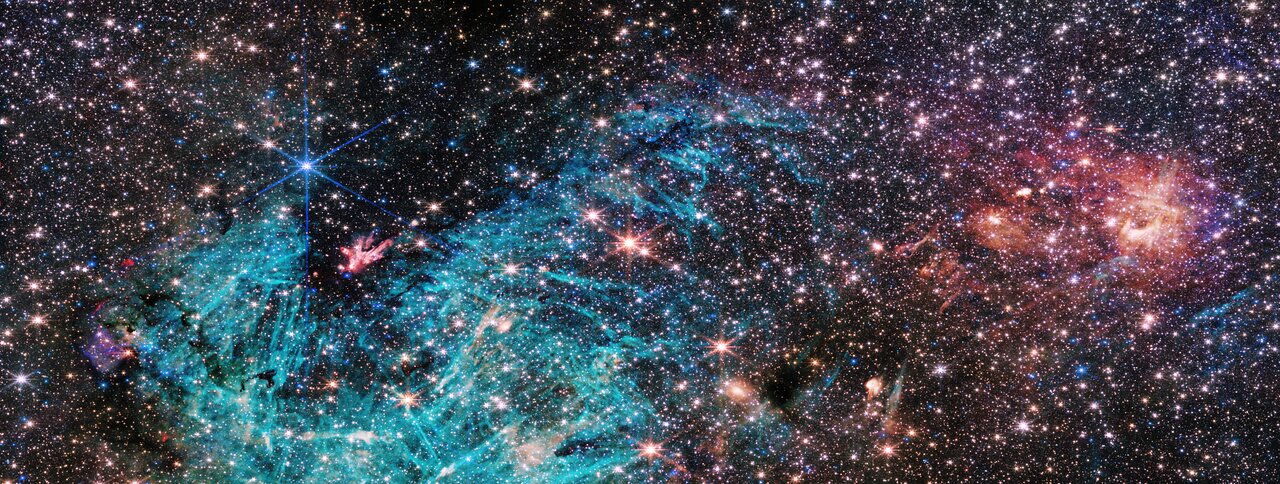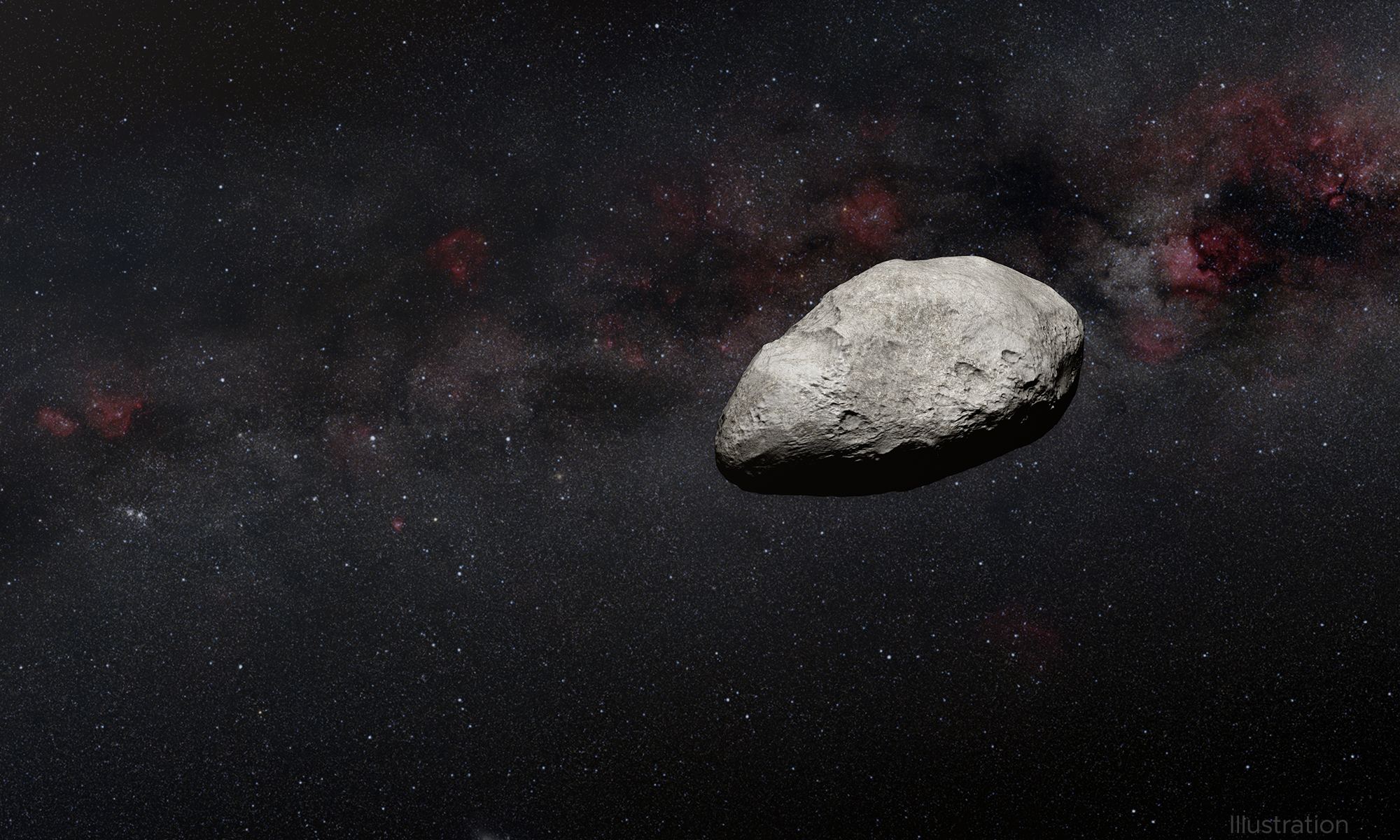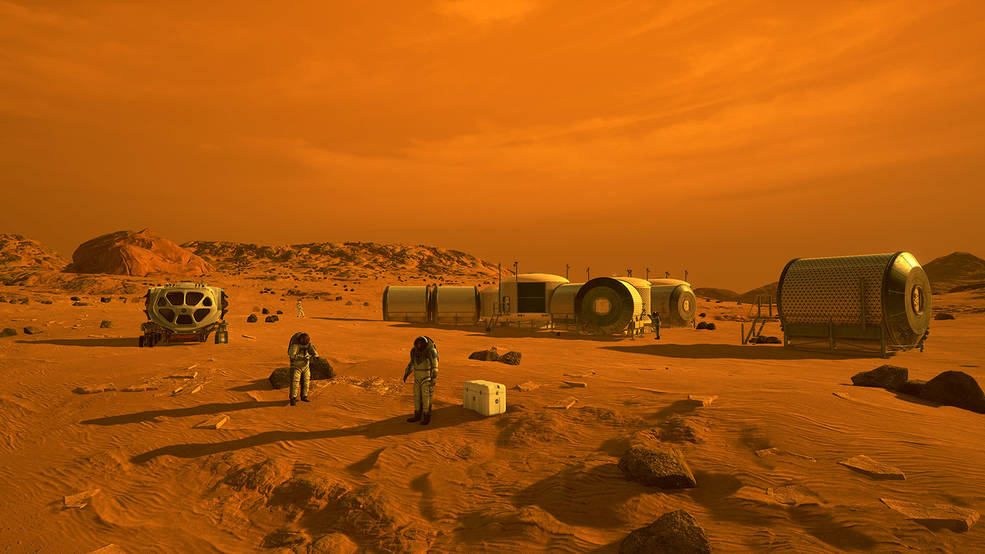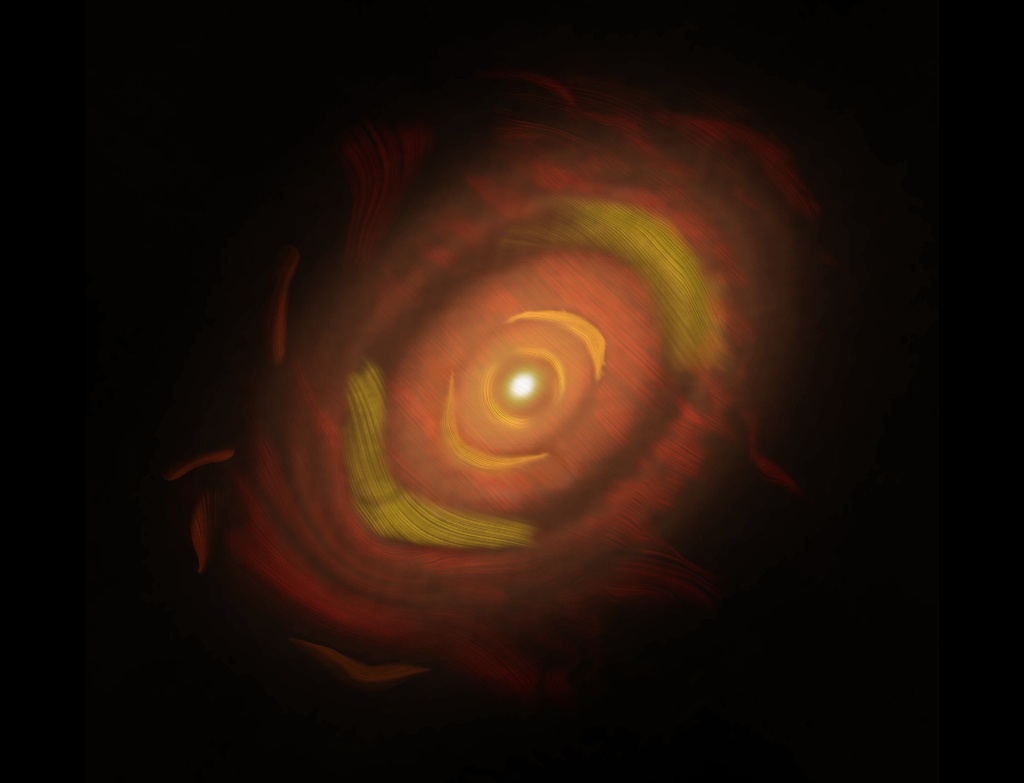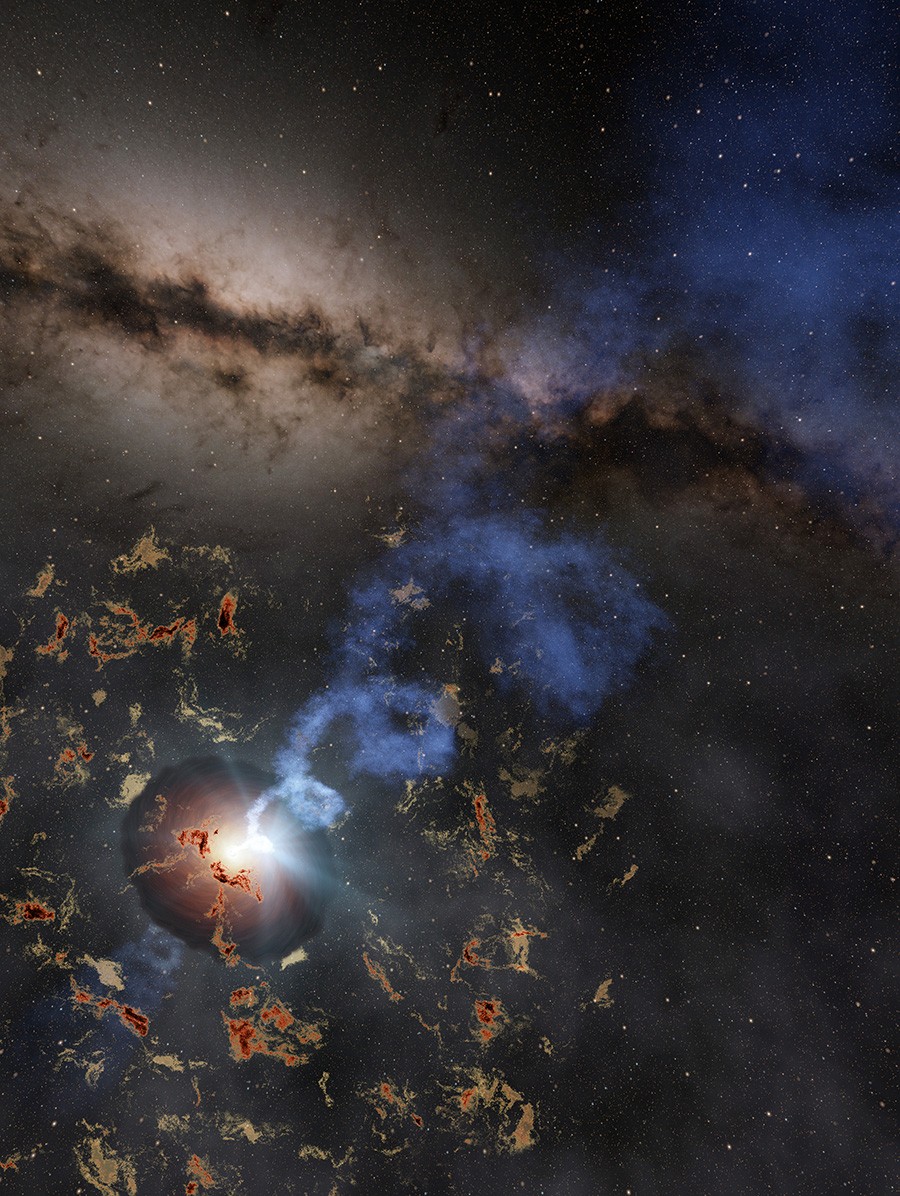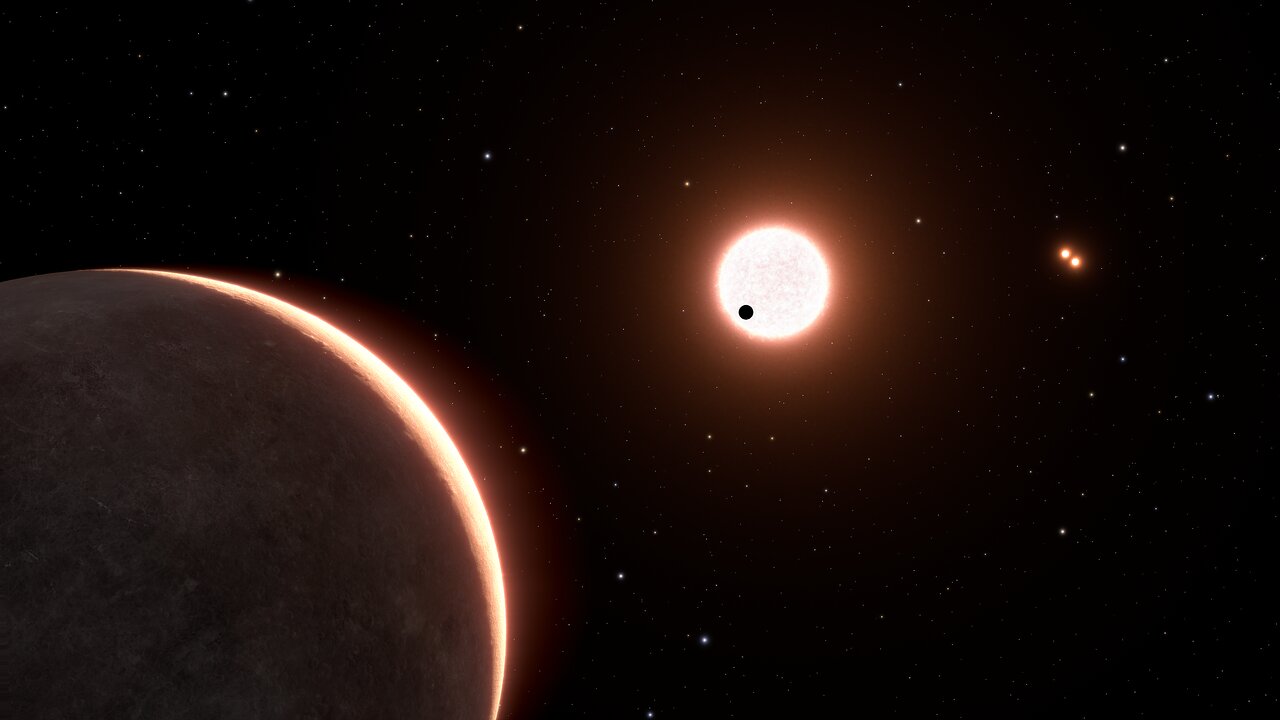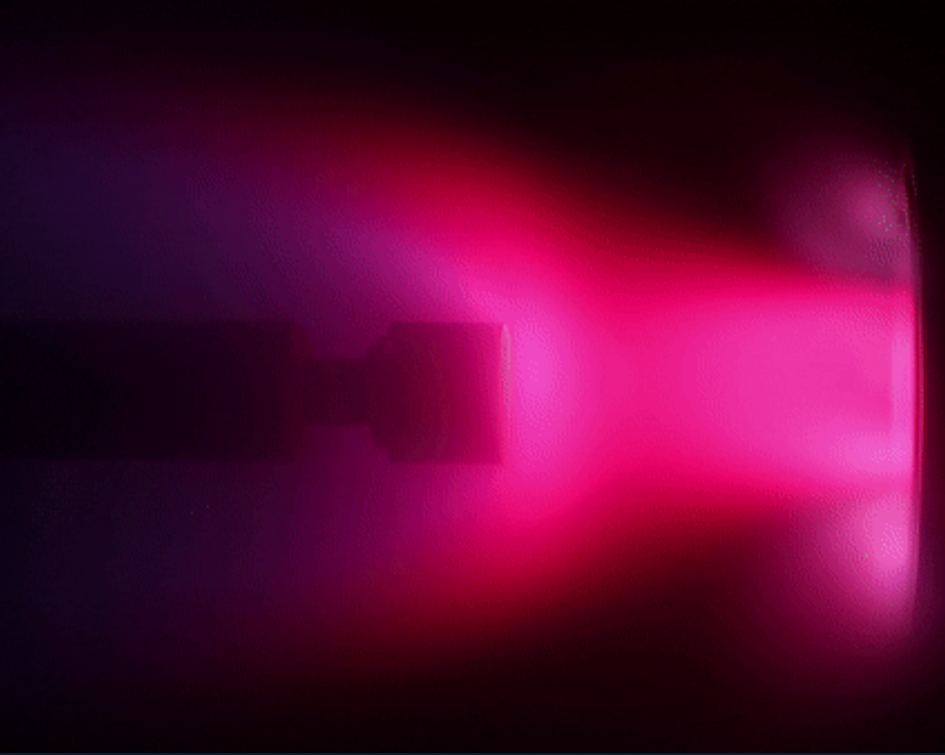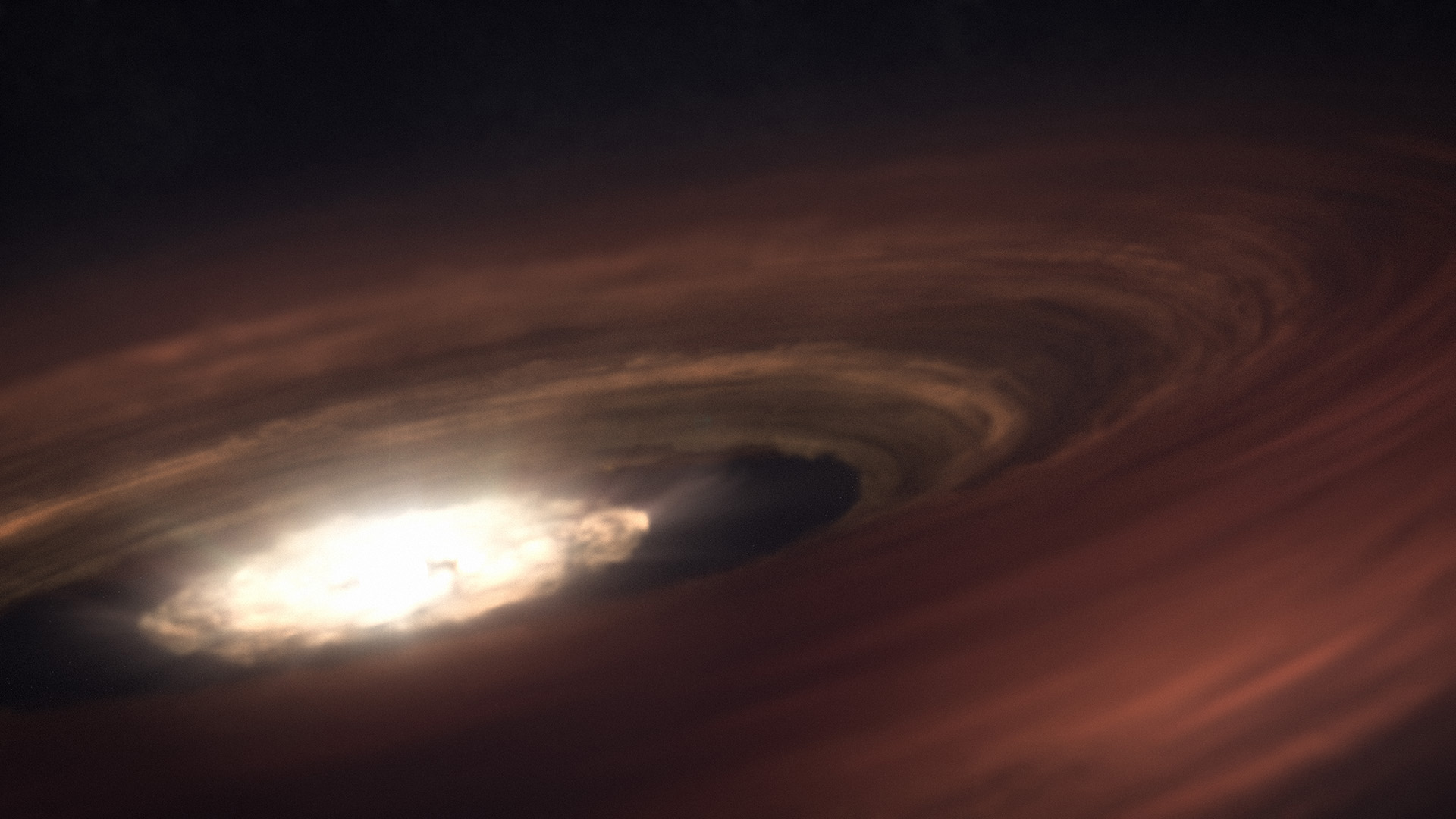The JWST is taking a break from studying the distant Universe and has trained its infrared eye on the heart of the Milky Way. The world’s most powerful space telescope has uncovered some surprises and generated some stunning images of the Milky Way’s galactic center (GC.) It’s focused on an enormous star-forming region called Sagittarius C (Sgr C).
Continue reading “Webb’s Infrared Eye Reveals the Heart of the Milky Way”Webb’s Infrared Eye Reveals the Heart of the Milky Way
